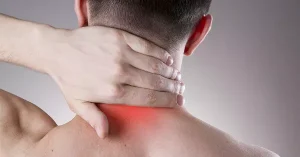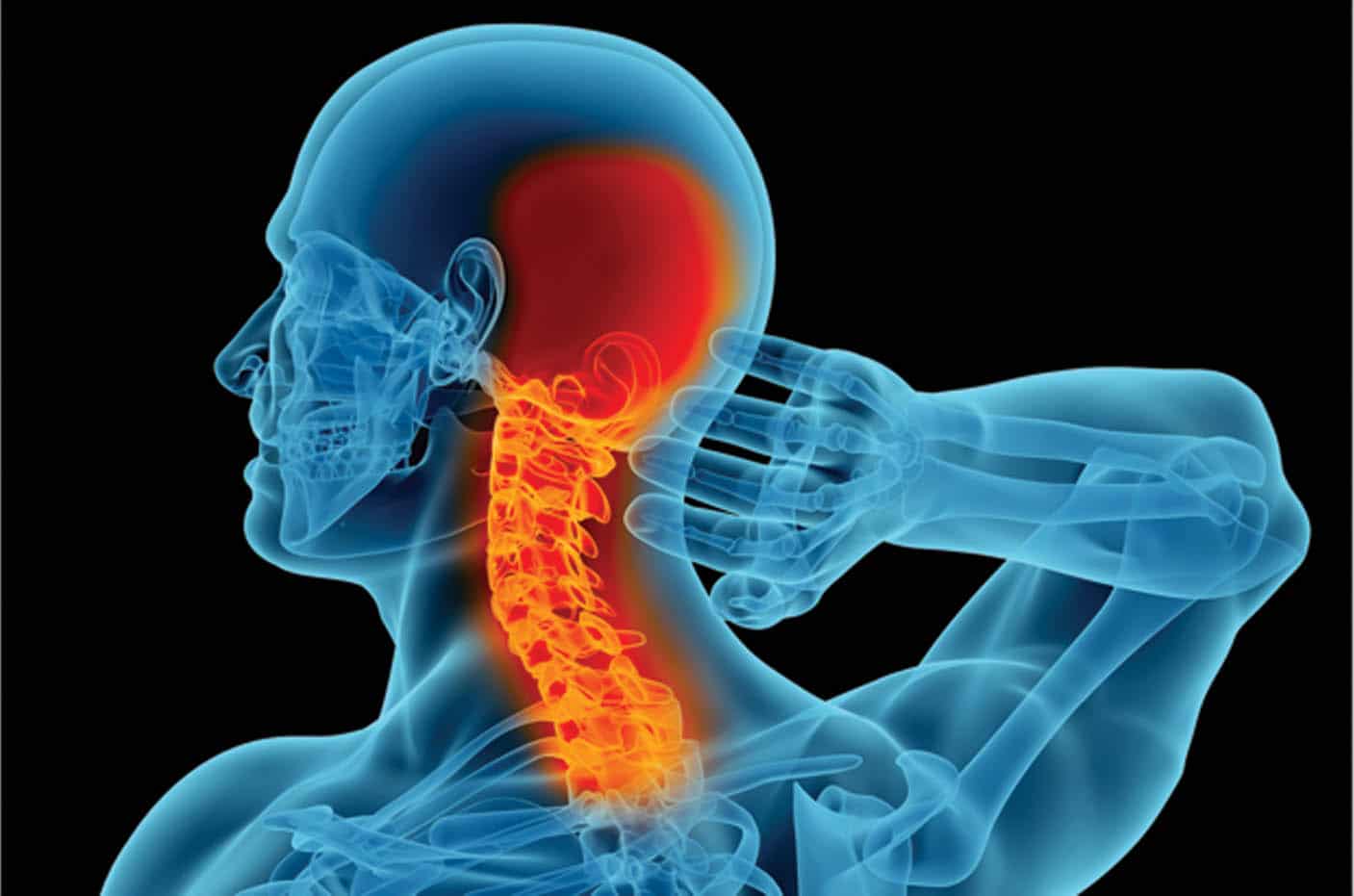Understanding Cervical Disc Problems and Neck Pain
Neck pain is a common complaint affecting millions of people worldwide. One of the frequent underlying causes is cervical disc problems, which can lead to discomfort, stiffness, and even nerve-related symptoms. Understanding what cervical disc issues entail, their symptoms, causes, and treatment options is essential for effective management and recovery. This article provides a comprehensive overview of cervical disc problems and their connection to neck pain.
What Are Cervical Discs?
Anatomy of the Cervical Spine
The cervical spine consists of seven vertebrae (C1 to C7) that support the head and protect the spinal cord. Between each vertebra are cervical discs—soft, cushion-like structures made of a gel-like center called the nucleus pulposus and a tough outer layer called the annulus fibrosus. These discs act as shock absorbers, allowing flexibility and movement in the neck.
Functions of Cervical Discs
Cervical discs facilitate smooth motion such as bending, twisting, and rotating the neck. They also distribute mechanical loads evenly across the spine, preventing bone damage. Healthy discs are crucial for neck stability and function.
Common Cervical Disc Problems
1. Cervical Disc Herniation
A herniated disc occurs when the nucleus pulposus pushes through a tear in the annulus fibrosus. This can irritate nearby nerves, leading to pain, numbness, or weakness.
2. Degenerative Disc Disease
With age, cervical discs lose water content and elasticity, leading to degeneration. This causes reduced disc height, stiffness, and sometimes bone spur formation, contributing to neck pain and reduced mobility.

3. Bulging Disc
A bulging disc happens when the disc extends beyond its normal boundary without rupturing. It can compress spinal nerves and cause discomfort.
Symptoms of Cervical Disc Problems
Neck Pain and Stiffness
Pain may be localized in the neck, often worsening with movement or certain positions. Stiffness can limit range of motion.
Radiating Pain and Neurological Symptoms
If a cervical disc compresses a nerve root, symptoms may radiate into the shoulders, arms, or hands. These include:
- Numbness or tingling sensations
- Muscle weakness
- Burning or shooting pain
Headaches and Muscle Spasms
Disc problems can cause tension headaches and involuntary neck muscle spasms.
Causes and Risk Factors
Age and Wear-and-Tear
Natural aging leads to disc degeneration and increased risk of herniation or bulging.
Trauma and Injury
Sudden injuries like whiplash from car accidents or sports can damage cervical discs.
Poor Posture and Repetitive Strain
Prolonged poor posture, such as looking down at smartphones or computers, stresses the cervical discs over time.
Genetics and Lifestyle
Some people have a genetic predisposition to disc problems. Smoking and obesity also increase risks by impairing disc nutrition and healing.
Diagnosing Cervical Disc Problems
Medical History and Physical Examination
A healthcare provider will review symptoms and conduct a physical exam to check neck movement, reflexes, and neurological function.
Imaging Tests
Imaging helps confirm diagnosis and assess severity:
- MRI (Magnetic Resonance Imaging): Provides detailed images of discs, nerves, and soft tissues.
- X-rays: Show bone alignment and disc space narrowing.
- CT Scan: Used when MRI is not suitable.
Treatment Options for Cervical Disc Problems
Conservative Treatments
Physical Therapy
Physical therapy focuses on exercises that improve neck strength, flexibility, and posture, reducing pain and preventing further injury.
Medications
Over-the-counter pain relievers, anti-inflammatory drugs, and muscle relaxants may be recommended to manage symptoms.
Activity Modification
Resting and avoiding activities that aggravate symptoms help in the healing process.
Interventional Treatments
Epidural Steroid Injections
These injections reduce inflammation around compressed nerves to relieve pain.
Surgical Options
Surgery may be considered when conservative treatments fail or if there is significant nerve compression causing weakness or loss of function. Common procedures include:
- Discectomy: Removal of the damaged disc portion.
- Spinal fusion: Joining two or more vertebrae for stability.
- Artificial disc replacement: Replacing damaged discs with implants.
Prevention Tips for Cervical Disc Problems
Maintain Good Posture
Keep your head aligned with your spine, avoid slouching, and use ergonomic furniture.
Exercise Regularly
Strengthen neck and upper back muscles with stretching and strengthening exercises.
Avoid Repetitive Strain
Take breaks during prolonged activities like computer use or smartphone viewing.
Practice Safe Lifting Techniques
Use proper body mechanics to avoid injury.
When to See a Doctor
Seek medical attention if you experience:
- Severe neck pain unrelieved by rest or medication.
- Radiating pain, numbness, or weakness in arms or hands.
- Loss of bladder or bowel control (emergency).
Conclusion
Cervical disc problems are a common cause of neck pain that can significantly affect daily life. Understanding the anatomy, symptoms, causes, and treatment options is crucial for managing this condition effectively. Early diagnosis and appropriate treatment, including physical therapy and lifestyle modifications, can lead to significant relief and improved neck function. If you suspect cervical disc issues, consult a healthcare professional to receive a personalized treatment plan tailored to your needs.


